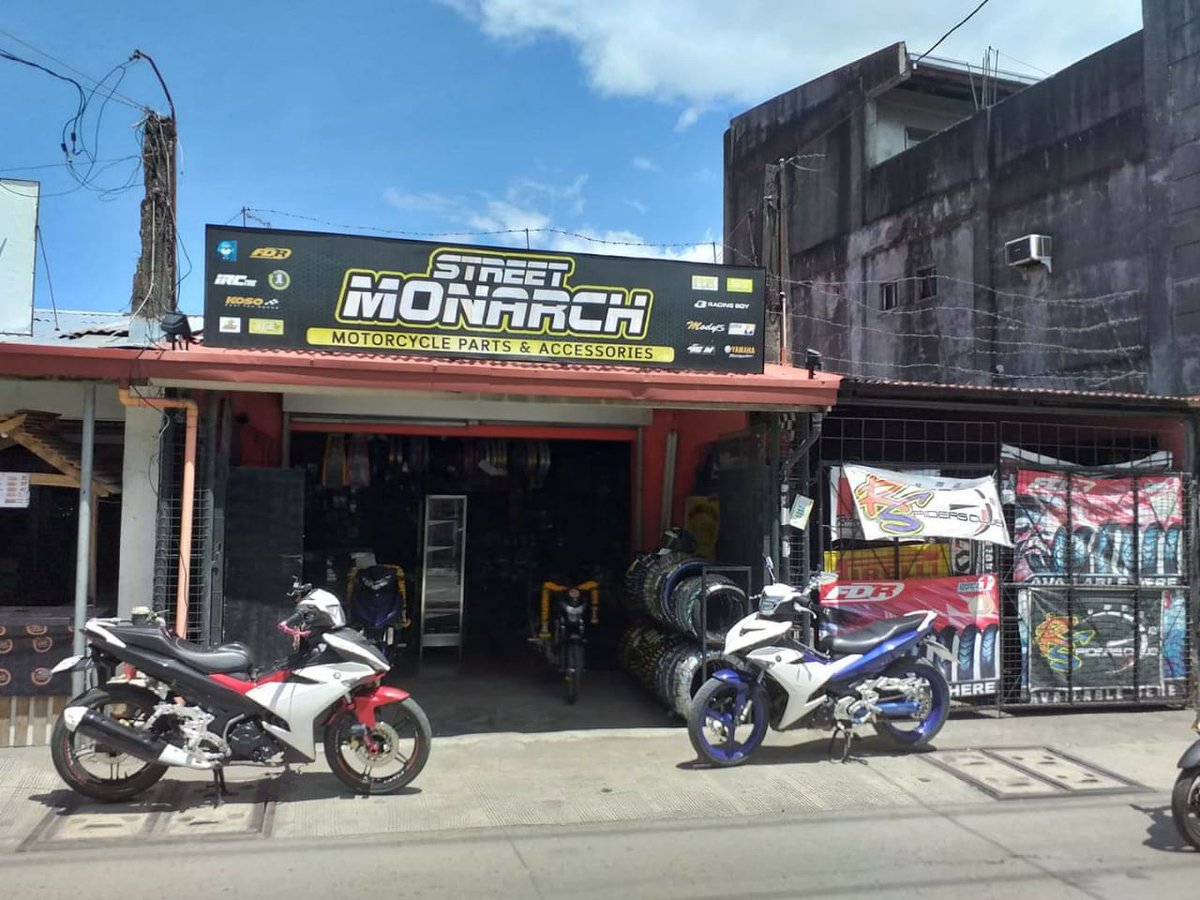Discover Top Quality Moto Parts NZ for All Your Motorcycle Requirements
Discover Top Quality Moto Parts NZ for All Your Motorcycle Requirements
Blog Article
Recognizing the Vital Parts of a Bike: A Comprehensive Overview for Fanatics
For motorcycle lovers looking to elevate their riding experience and guarantee their bikes run smoothly, comprehending the crucial parts of a motorbike is paramount. Each aspect, from the engine's intricate operations to the essential function of the stopping devices, not just influences efficiency yet additionally safety and security and convenience.
Engine Elements

The camshaft plays a crucial role in regulating the timing of the engine's shutoffs, making certain the exact opening and closing needed for efficient gas and air consumption, as well as exhaust expulsion. This timing is important to keeping ideal engine performance and performance. Additionally, the carburetor or fuel shot system, depending on the motorbike design, is responsible for mixing air with gas in the appropriate proportion for burning.
The cooling system, either air or liquid-based, works to maintain the engine's temperature within functional limits, protecting against overheating and guaranteeing long life - mx gear nz. Each element, diligently designed and integrated, adds to the smooth procedure of the engine, specifying the motorcycle's power outcome and total performance
Transmission System
Essential to the bike's functionality, the transmission system guarantees efficient power transfer from the engine to the wheels. This system makes up numerous important components, including the clutch, transmission, and final drive, each playing a crucial role in equating the engine's power right into movement. The clutch, typically operated by a hand lever, serves to disengage the engine and involve from the transmission, allowing for smooth gear modifications and regulated acceleration.
The transmission, frequently referred to as the transmission appropriate, consists of a collection of gears that riders can manually move through to adjust the bike's speed and torque result. These gears are arranged in a series that makes it possible for the bike to increase efficiently and preserve optimum engine efficiency throughout various speeds. Many motorbikes utilize a sequential transmission, needing the motorcyclist to move gears in a predetermined order.
Braking Devices
While comprehending the transmission system is essential to utilizing a motorcycle's power, just as crucial is the ability to control and stop that power effectively, which is where stopping systems enter play. Brakes are important for safety and efficiency, offering the rider with the necessary control to browse numerous surfaces and conditions. Generally, bikes feature 2 kinds of braking systems: disc brakes and drum brakes.
Disc brakes are more common in modern motorbikes because of their exceptional efficiency. They are composed of a brake disc, caliper, and pads. When triggered, the caliper squeezes the brake pads against the rotating disc, converting kinetic energy into warmth, thus reducing the wheel. This system provides far better heat dissipation, constant performance, and improved quiting power, particularly in damp conditions.
Conversely, drum brakes, though less typical, are still located in some motorcycles. They work by pushing brake footwear versus the inner surface of a drum connected to the wheel. While usually less effective in warm dissipation and quiting power, drum brakes are less complex and much more cost-efficient.
Understanding these braking systems' subtleties permits bikers to keep their motorcycles appropriately and value the engineering that makes sure secure and efficient stopping.
Suspension and Steering
Suspension and guiding systems are essential parts that considerably influence a motorbike's handling site here and adventure convenience. The suspension system, including forks at the front and shock absorbers at the rear, takes in road irregularities, improving security and control. Front forks, upside down or normally telescopic, compress and rebound to minimize effects, while back shock absorbers preserve tire contact with the road, crucial for grip and safety and security.
Guiding, focused around the handlebars, attaches the motorcyclist to the bike's directional control. The guiding head bearings make sure smooth procedure, permitting precise maneuverability. Correct placement and upkeep over at this website of these bearings are critical for foreseeable steering reaction and reducing rider fatigue.
The suspension's adjustability is an additional vital facet; preload, damping, and rebound settings allow customization to match different riding conditions and styles. This flexibility is necessary for enhancing performance, whether browsing urban roads or dealing with rugged routes. Developments like electronic shock absorber provide real-time adjustments, boosting trip quality throughout diverse terrains.

Electrical Systems
After guaranteeing a controlled and smooth experience with effective suspension and steering systems, focus turns to the electric systems, an essential aspect of modern motorbikes. These systems play a crucial duty not just in starting the engine yet also in powering different parts that enhance the capability and safety of the motorcycle.
At the heart of a bike's electric system is the battery, which stores electrical energy essential for starting the engine and powering auxiliary systems - motorbike shop. The generator or generator, coupled with the rectifier-regulator, guarantees the battery continues to be billed while the motorcycle functions, transforming mechanical power into electrical energy and preserving voltage degrees
The ignition system, an additional critical element, is accountable for igniting the air-fuel mix in the engine's cyndrical tubes. Modern bikes frequently use rain liner for riding jacket a digital ignition system, supplying better efficiency and dependability contrasted to conventional systems.
Lights systems, including fronts lights, tail lights, and indicators, are likewise essential, guaranteeing visibility and safety for the biker. Extra digital elements such as sensing units, control devices, and displays contribute to advanced features like fuel injection administration, anti-lock braking systems (ABDOMINAL), and digital control panels, better boosting the riding experience.
Verdict
A detailed comprehension of a motorcycle's crucial parts, including the engine, transmission system, stopping systems, suspension, guiding, and electrical systems, is indispensable for lovers aiming to enhance comfort, performance, and security. Proficiency of these elements enables informed decisions pertaining to maintenance and upgrades, inevitably enhancing the riding experience. By integrating this expertise, riders can guarantee their motorcycles run at peak effectiveness and integrity, thus maximizing both satisfaction and longevity of their lorries.
For motorcycle fanatics looking to raise their riding experience and ensure their bikes run efficiently, recognizing the essential parts of a motorcycle is paramount.Important to the motorcycle's capability, the transmission system ensures effective power transfer from the engine to the wheels.While recognizing the transmission system is essential to taking advantage of a motorcycle's power, similarly vital is the ability to manage and stop that power efficiently, which is where stopping devices come right into play. Typically, motorcycles feature two types of braking systems: disc brakes and drum brakes.
A complete understanding of a motorbike's necessary parts, consisting of the engine, transmission system, stopping systems, suspension, steering, and electrical systems, is essential for lovers aiming to optimize performance, safety, and comfort.
Report this page